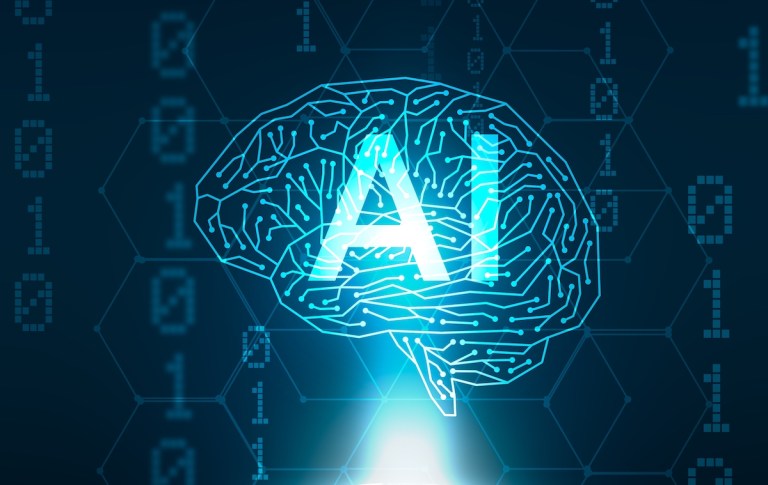Companies Seek Regulator Guidance in Help Developing AI Products

Artificial intelligence isn’t changing just one thing; it is changing everything.
Companies in safety-critical areas like finance, healthcare and the security sector are moving carefully in developing and integrating the technology. After all, if AI goes wrong — it can go quite wrong — at least according to the tech leaders spearheading its development.
As the world’s largest bank by market capitalization, J.P. Morgan Chase is ensuring that it gets government signoff on its home-grown suite of generative AI pilot projects before deploying them both internally and externally.
CEO Jamie Dimon has called the technology “critical to our company’s future success” and said it could be integrated into “every single process” of the firm’s operations.
Among the AI solutions J.P. Morgan is investing in and developing are a method to automate earnings summaries for publicly traded companies, a more responsive AI-powered helpdesk service, and even a new tool that parses public speeches by Federal Reserve officials to detect policy shifts and trade on those signals.
Meanwhile, Morgan Stanley announced in September that it is launching a new generative AI tool for financial advisers and their support staff that is designed to better facilitate access to the bank’s library of research reports and documents.
And Citigroup has seen its employees pitch 350 possible applications for generative AI within the company.
By working with regulators to help them understand how the company’s AI models are being built and controlled, as well as what the risks are, J.P. Morgan is taking a step that many experts have told PYMNTS is necessary for AI to maturely commercialize: working hand-in-hand to educate regulators to share learnings.
Read also: Walled Garden LLMs Build Enterprise Trust in AI
It Takes Two to Tango When Overseeing AI
As it currently stands, the financial services and banking industry is a highly regulated one, but the AI sector isn’t.
One of the more pressing challenges confronting the government as it relates to AI regulation is understanding how the technology operates and gaining the kind of knowledge necessary to oversee it.
While certain historical forms of AI, such as predictive forecasting and machine learning are already integrated into much of daily life and have been for years, generative AI capabilities represent a new beast when it comes to automating and generating outputs around areas like trading, risk management, fraud detection and investment research.
But government moves at a snail’s pace when compared to the commercially accelerated adoption of tech innovations, and today’s AI models and machines are currently operating and scaling absent any regulation or policy guardrails.
Professor Cary Coglianese, founding director of the Penn Program on Regulation, told PYMNTS in an interview posted Aug. 4 that, “AI regulation is going to be an ongoing continuous process of interaction between government and the private sector to make sure that the public gets all of the benefits that can come from this technological innovation but also is protected from the harms.”
Echoing that sentiment, Shaunt Sarkissian, founder and CEO at AI-ID, told PYMNTS in June that industry players should approach lawmakers with the attitude of, “We know this is new, we know it’s a little bit spooky. Let’s work together on rules, laws and regulations, and not just ask for forgiveness later because that will help us grow as an industry.”
“When it comes to engagement and education [around AI], more is better than less,” Sarkissian told PYMNTS in a separate conversation.
See also: Tailoring AI Solutions by Industry Key to Scalability
PYMNTS examined the use of AI in the banking sector earlier this year in the report “AI and Banking’s New Dawn: From Conversations to Conversions.”
However, given that the Consumer Financial Protection Bureau has flagged the banking sector’s use of AI chatbots for customer support after receiving complaints, orchestrating innovation in step with regulatory agencies can help ensure a smoother launch.
In previous discussions with PYMNTS, industry insiders have drawn parallels between the purpose of AI regulation to both a car’s airbags and brakes and the role of a restaurant health inspector. Knowledge sharing will likely play a similar role in the banking sector.
For all PYMNTS AI coverage, subscribe to the daily AI Newsletter.